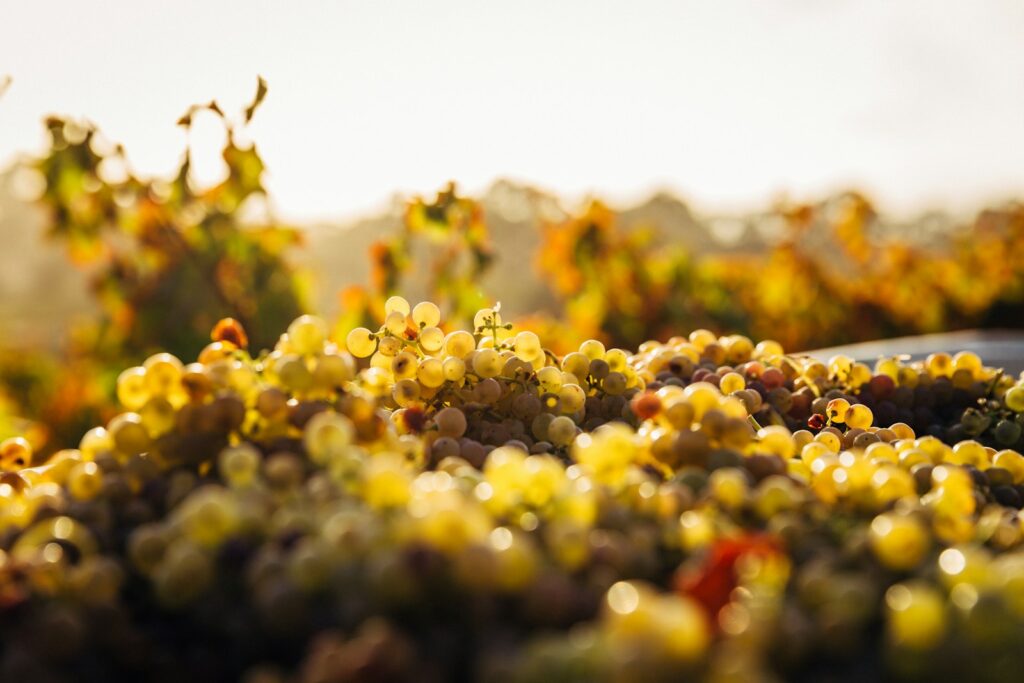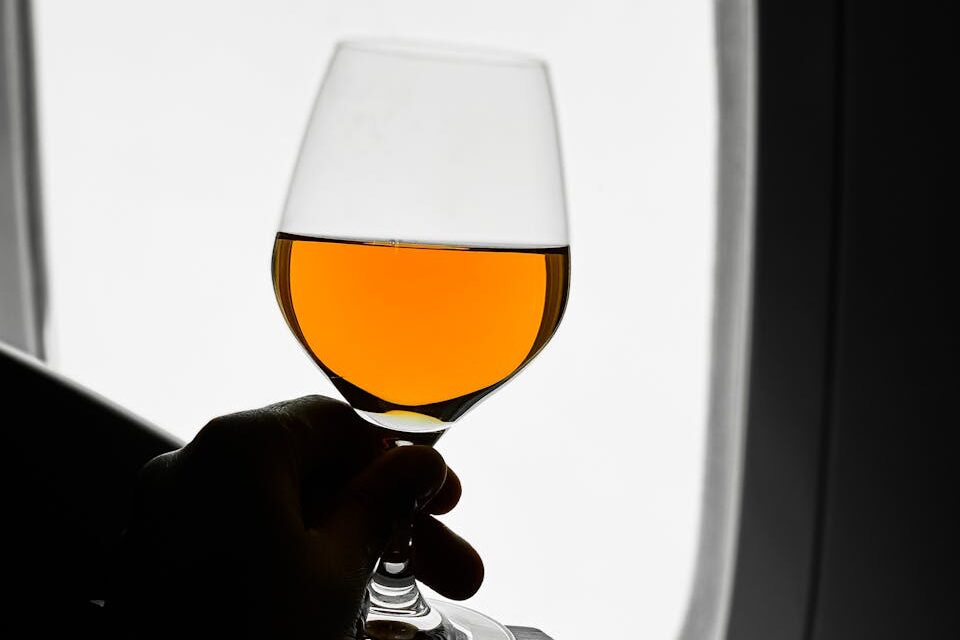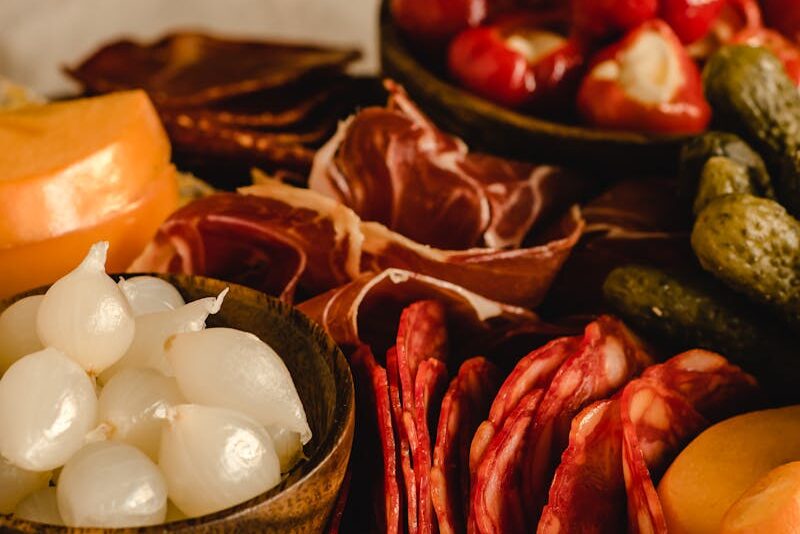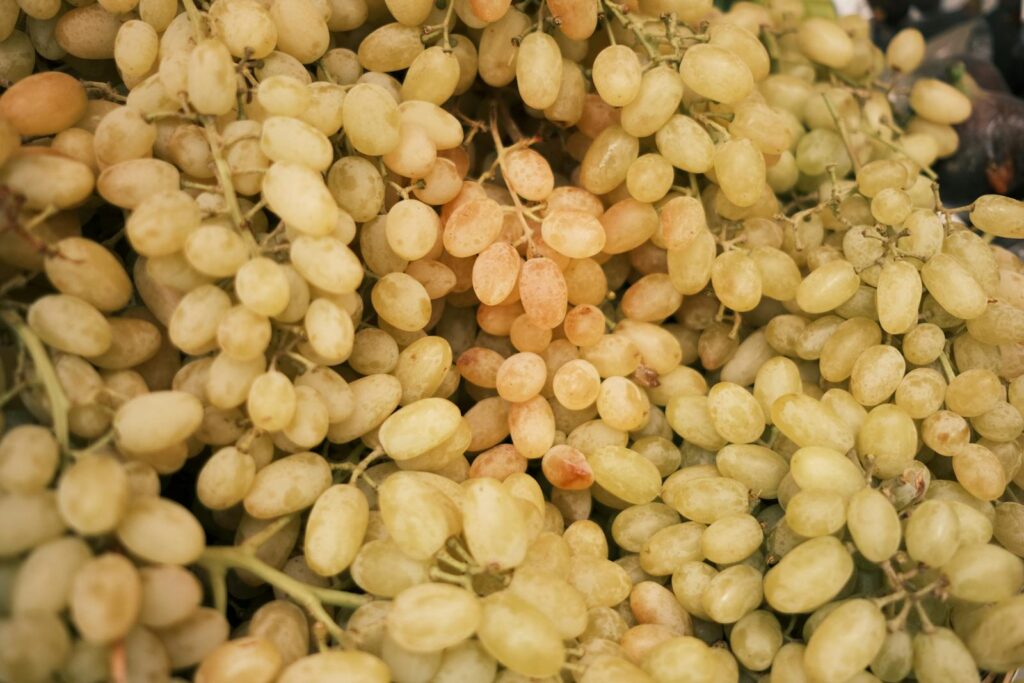
Orange wines have been making waves in the wine community for their bold flavors and historical roots. While they can be polarizing to some due to their unconventional taste, they offer a rich experience that bridges the gap between white and red wines. Learning about orange wines can enhance your wine tasting repertoire and open the door to new culinary adventures.
What is it?
Orange wine is a style of white wine made by leaving the grape skins and seeds in contact with the juice, creating a distinct amber hue and complex flavor profile. This process transforms a typical white wine into an orange wine, yielding unique characteristics that set it apart from conventional white and red wines.
How it’s made

The creation of orange wine starts with white grapes. The key difference is the winemaking process, where the grape skins, seeds, and sometimes stems remain in contact with the juice for days, weeks, or even months.
Skin contact fermentation
During fermentation, the pigments and tannins from the grape skins infuse into the juice, giving the wine its characteristic orange color and robust structure. This prolonged skin contact is the same process traditionally used to make red wine but applied to white grapes.
Aging process
Some orange wines are aged in barrels after fermentation, further developing complex flavors and aromas. The aging process can introduce additional layers such as nuttiness or earthiness, depending on the type of barrels used and the duration of the aging.
What makes it different

Orange wines differ from typical white wines in several ways:
Color and texture
The extended skin contact gives orange wines a deeper, more orange hue than traditional white wines. They often feature a fuller body, higher tannins, and a more textured mouthfeel.
Flavor profile
The flavor profile of orange wines can include notes of citrus, stone fruits, nuts, tea, and even a hint of oxidative character. These wines are often more complex and can exhibit both fruity and savory qualities simultaneously.
Production methods
The deliberate choice to ferment white grapes with their skins and seeds sets orange wines apart. The technique and duration of skin contact, as well as the aging methods employed, all contribute to a wine that stands out among traditional varieties.
Food pairings

Orange wines pair well with a variety of foods due to their versatility and depth.
Cheese and charcuterie
Their tannic structure and acidity can cut through rich charcuterie, aged cheeses, and fermented products, offering a pleasant balance.
Spicy dishes and hearty fare
The robust flavor of orange wines matches well with spicy foods and hearty dishes. They can complement Middle Eastern, North African, and Asian cuisines, where spices and complex flavors are common.
Vegetarian and vegan options
Due to their earthy and sometimes nutty profile, orange wines pair beautifully with grilled vegetables, mushroom dishes, and other plant-based meals.
History

Orange wine is not a recent innovation but rather a revival of an ancient winemaking tradition.
Ancient roots
Historically, orange wine production dates back thousands of years in regions such as Georgia (the country, not the U.S. state), where qvevri (large clay vessels) were used for fermenting and aging wines with extended skin contact.
Modern resurgence
In recent years, winemakers around the world have rediscovered and adapted these ancient techniques, bringing orange wine back into contemporary wine culture. This resurgence has sparked interest among sommeliers, consumers, and wine enthusiasts who appreciate the unique characteristics and history behind each bottle.
Exploring orange wine opens up a world of flavors and traditions that challenge conventional perceptions. Whether you’re new to wine tasting or a seasoned connoisseur, understanding and trying orange wines can enrich your appreciation for the diversity of winemaking.





